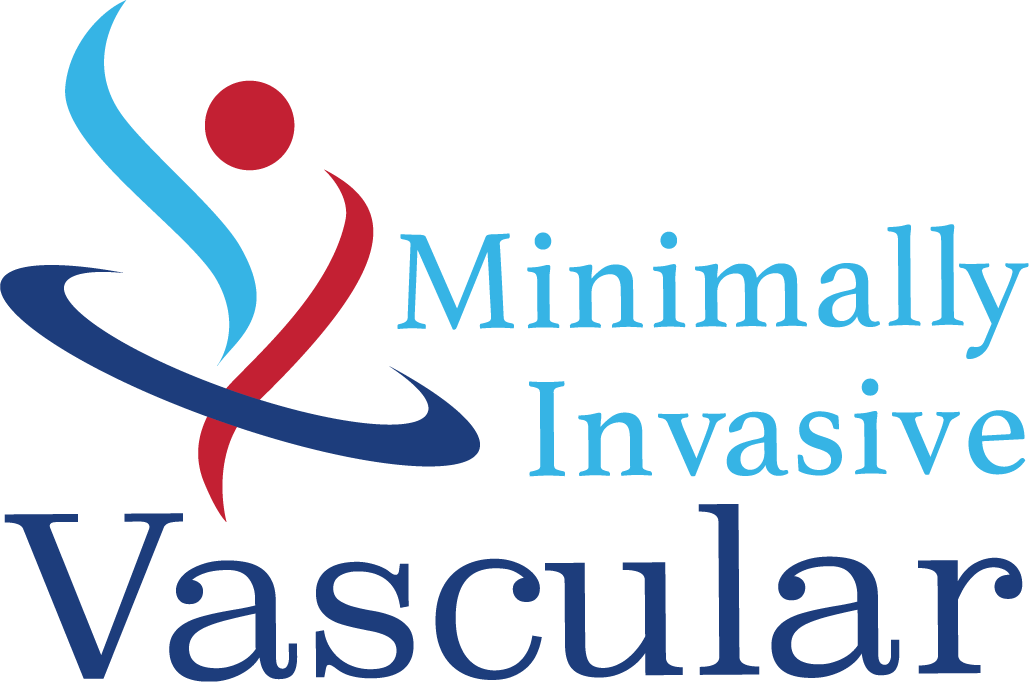
Minimally Invasive Treatment for Peripheral Artery Disease (PAD)
Peripheral Artery Disease (PAD) is a common circulatory condition that affects millions of individuals worldwide. It occurs when narrowed arteries reduce blood flow to the limbs, typically the legs, leading to symptoms such as leg pain, cramping, and numbness. At Minimally Invasive Vascular, we offer advanced treatments to alleviate PAD symptoms and improve patients’ quality of life.
Understanding Peripheral Artery Disease (PAD):
Peripheral Artery Disease (PAD) is caused by atherosclerosis, a condition characterized by the buildup of plaque (fatty deposits) within the arteries, restricting blood flow. As a result, the affected limbs receive insufficient oxygen and nutrients, leading to discomfort and potential complications.
Symptoms of PAD May Include:
Leg pain or cramping, particularly during physical activity (claudication)
Numbness or weakness in the legs
Coldness or discoloration of the skin
Slow-healing wounds or ulcers on the feet or toes
Minimally Invasive Treatment Options:
At Minimally Invasive Vascular, our team of expert vascular specialists offers innovative treatments to manage PAD and restore healthy blood flow to the affected limbs. Our minimally invasive procedures are designed to provide effective relief while minimizing discomfort and recovery time.
Angioplasty and Stenting:
Angioplasty is a minimally invasive procedure used to widen narrowed or blocked arteries. During the procedure, a small balloon-tipped catheter is inserted into the affected artery and inflated to compress the plaque and restore blood flow. In some cases, a stent—a tiny mesh tube—is placed to support the artery and prevent it from narrowing again.
Atherectomy:
Atherectomy is a specialized procedure aimed at removing plaque buildup from the artery walls. Using a catheter with a rotating blade, laser, or other cutting device, our vascular specialists carefully remove or vaporize the plaque, restoring the artery’s normal diameter and blood flow.
Peripheral Artery Bypass Surgery:
In cases where minimally invasive techniques are not suitable, peripheral artery bypass surgery may be recommended. This procedure involves creating a detour (bypass) around the blocked artery using a graft, restoring blood flow to the affected limb.
Drug-Coated Balloons:
Drug-coated balloons are a newer treatment option for PAD. During angioplasty, a balloon coated with a medication that inhibits plaque regrowth is used to widen the narrowed artery. This approach helps to reduce the risk of re-narrowing (restenosis) and improves long-term outcomes.
Peripheral Artery Disease (PAD) can significantly impact an individual’s mobility and quality of life. At Minimally Invasive Vascular, we offer state-of-the-art treatments to effectively manage PAD and improve patients’ vascular health. Our minimally invasive procedures are performed by experienced vascular specialists, ensuring optimal outcomes with minimal discomfort and downtime. If you’re experiencing symptoms of PAD, we encourage you to schedule a consultation with our team to explore your treatment options and take control of your vascular health.
